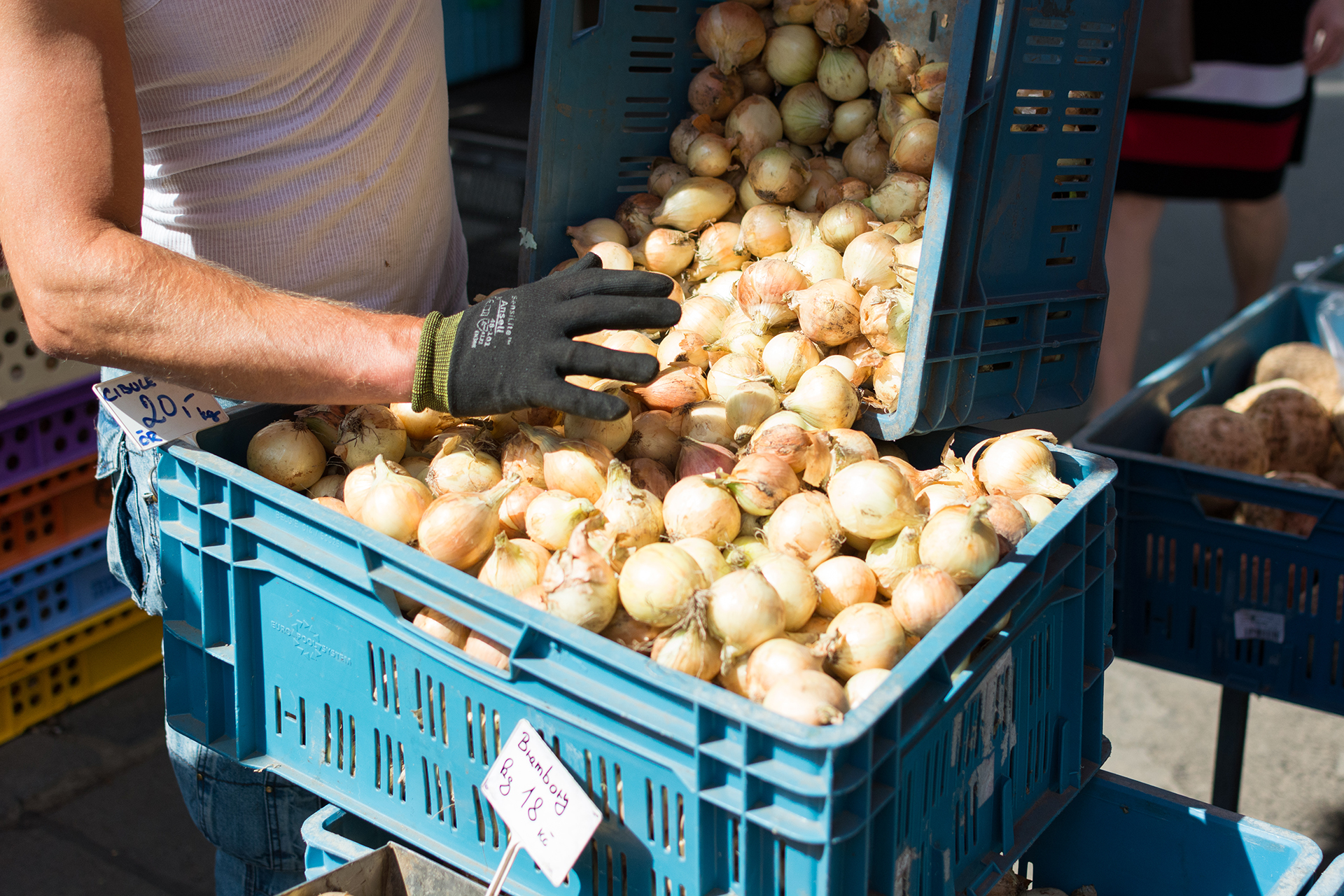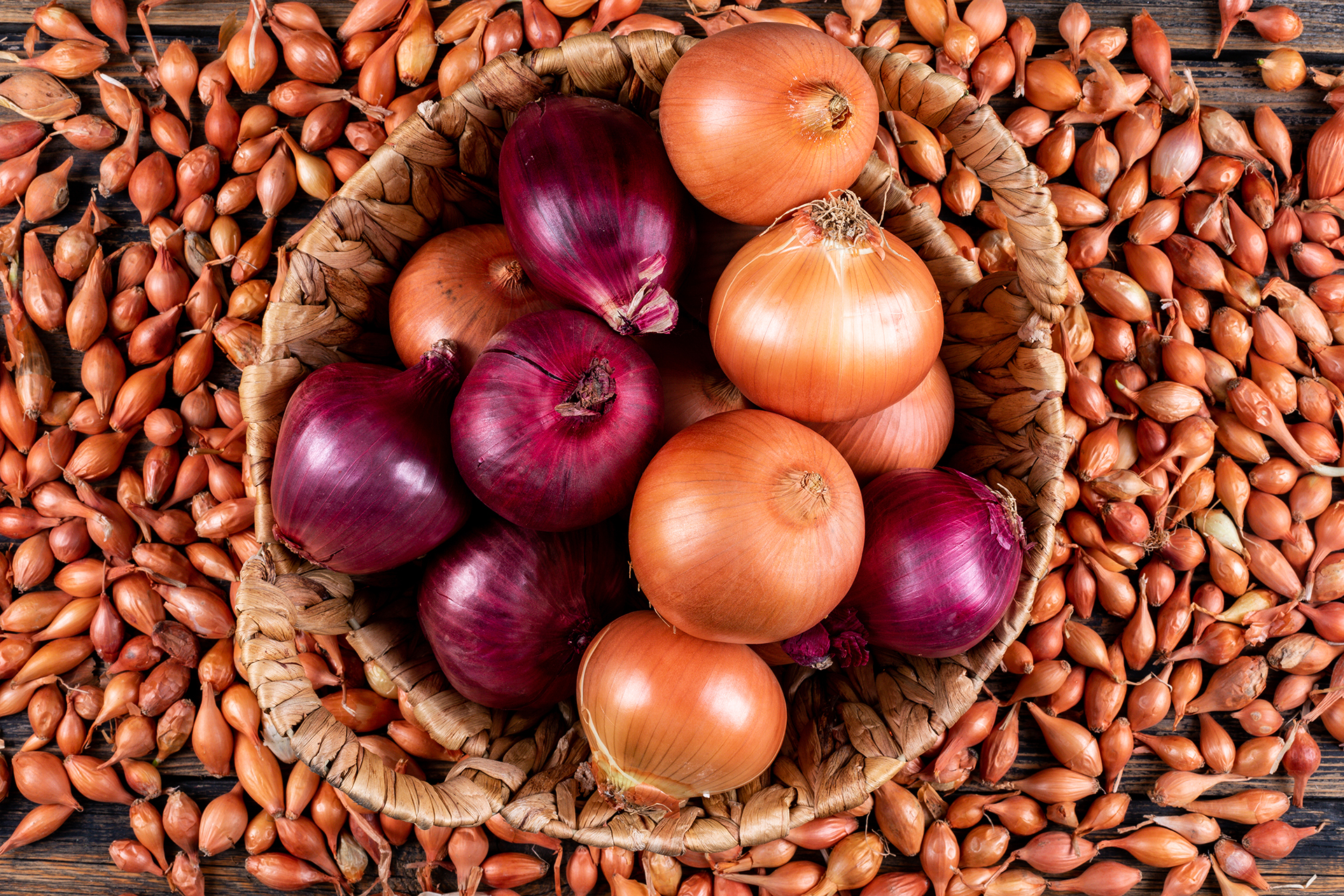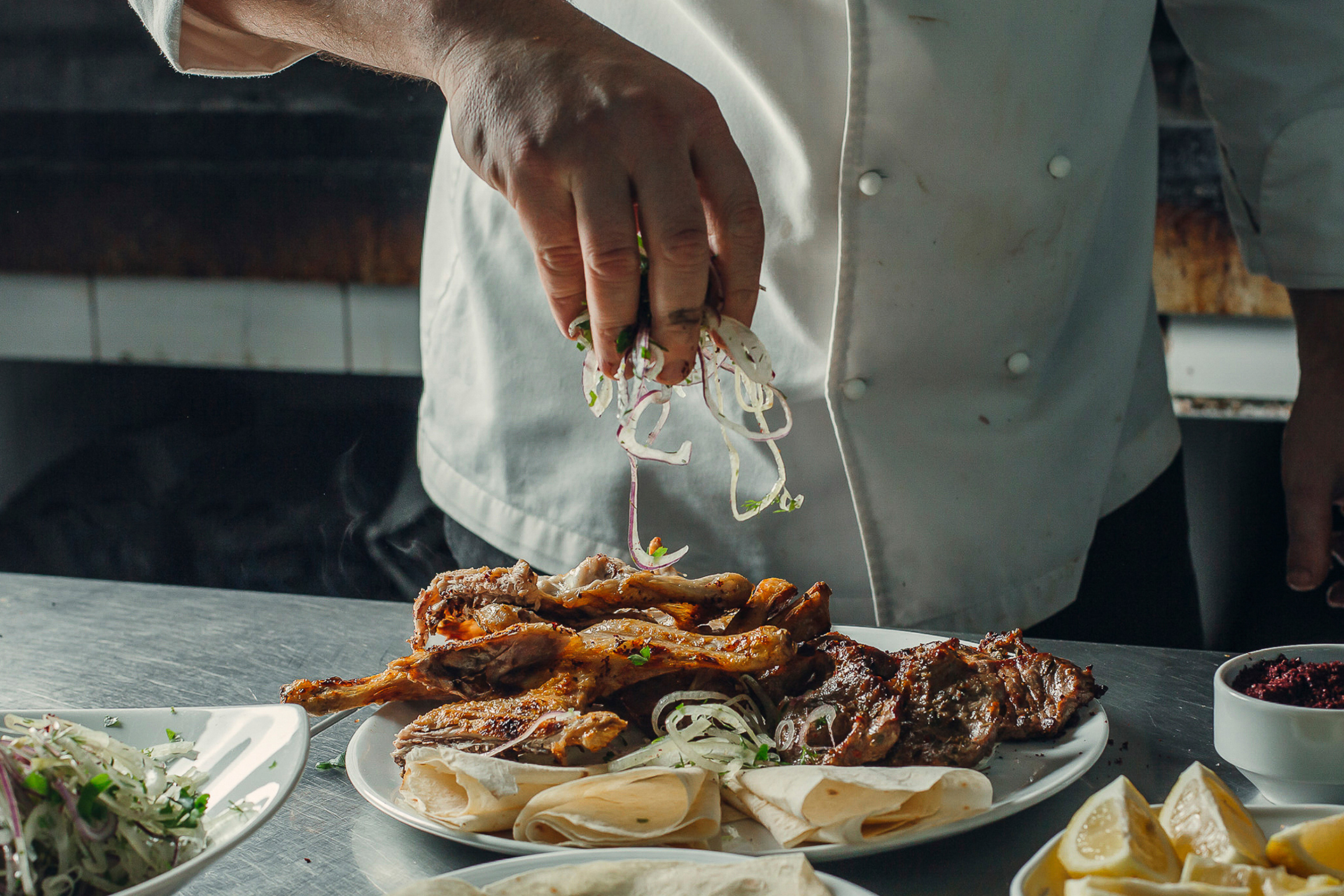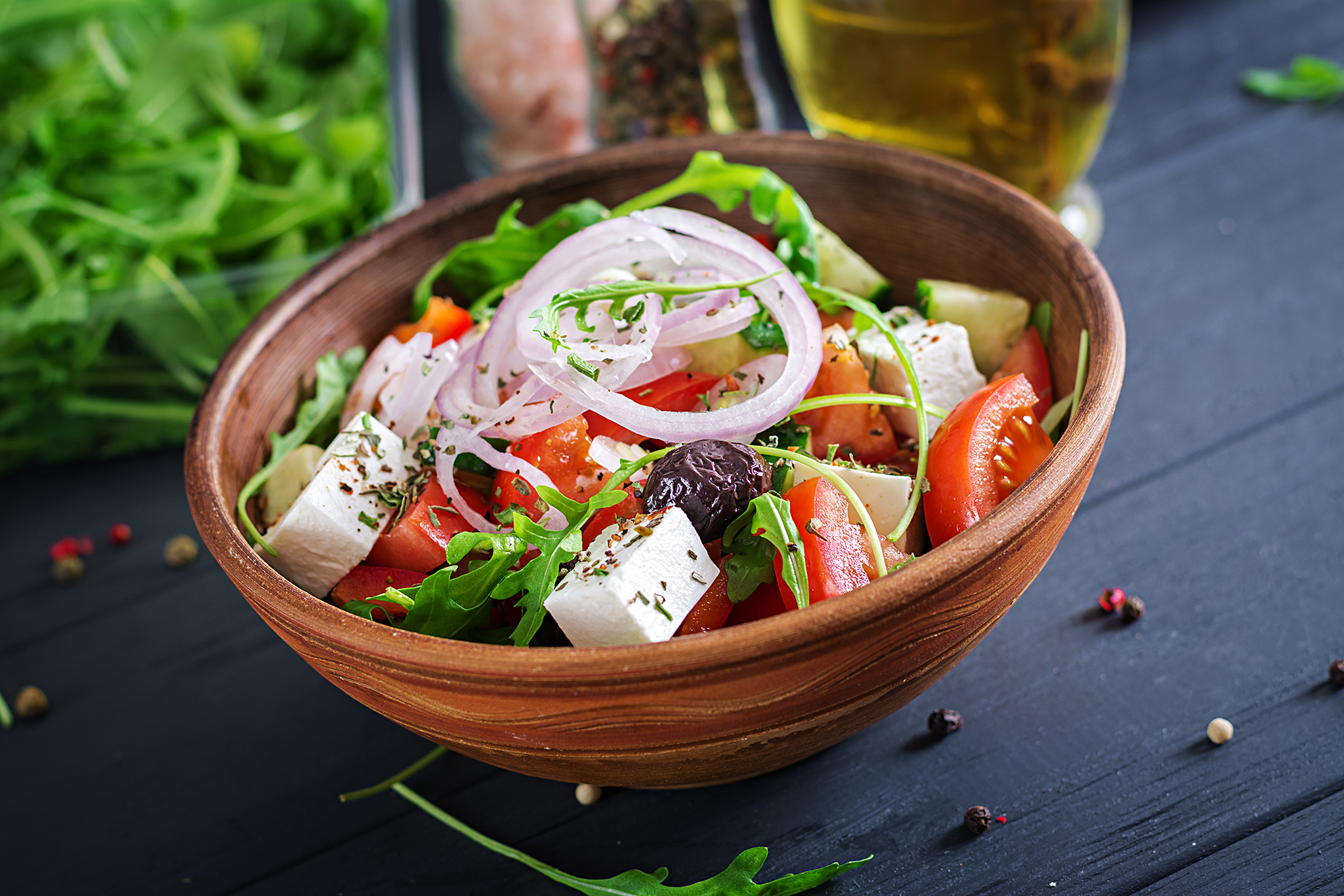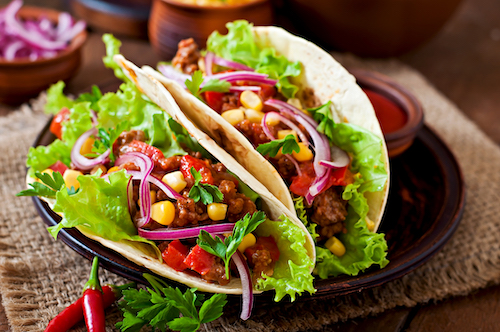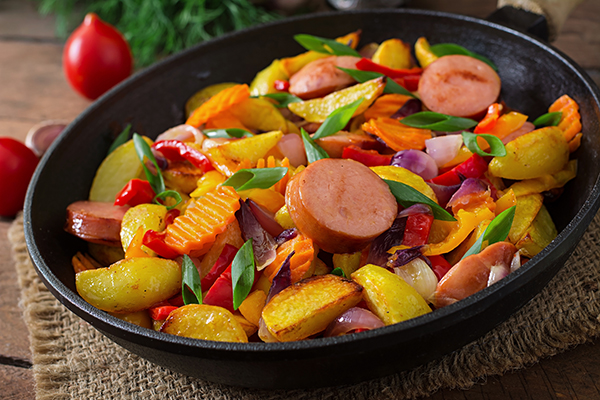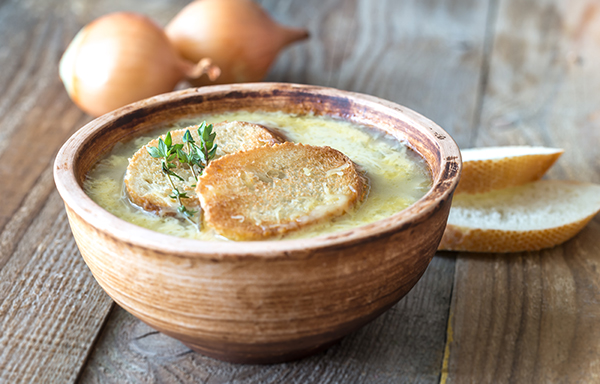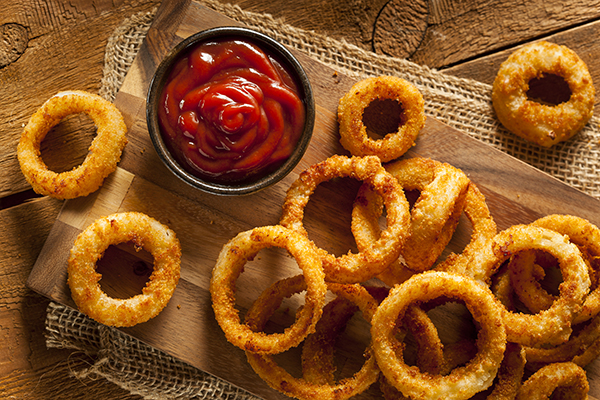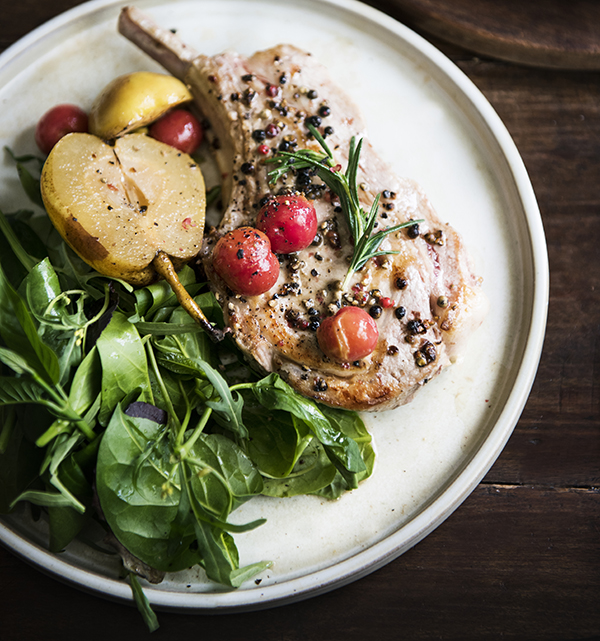Dry Onion
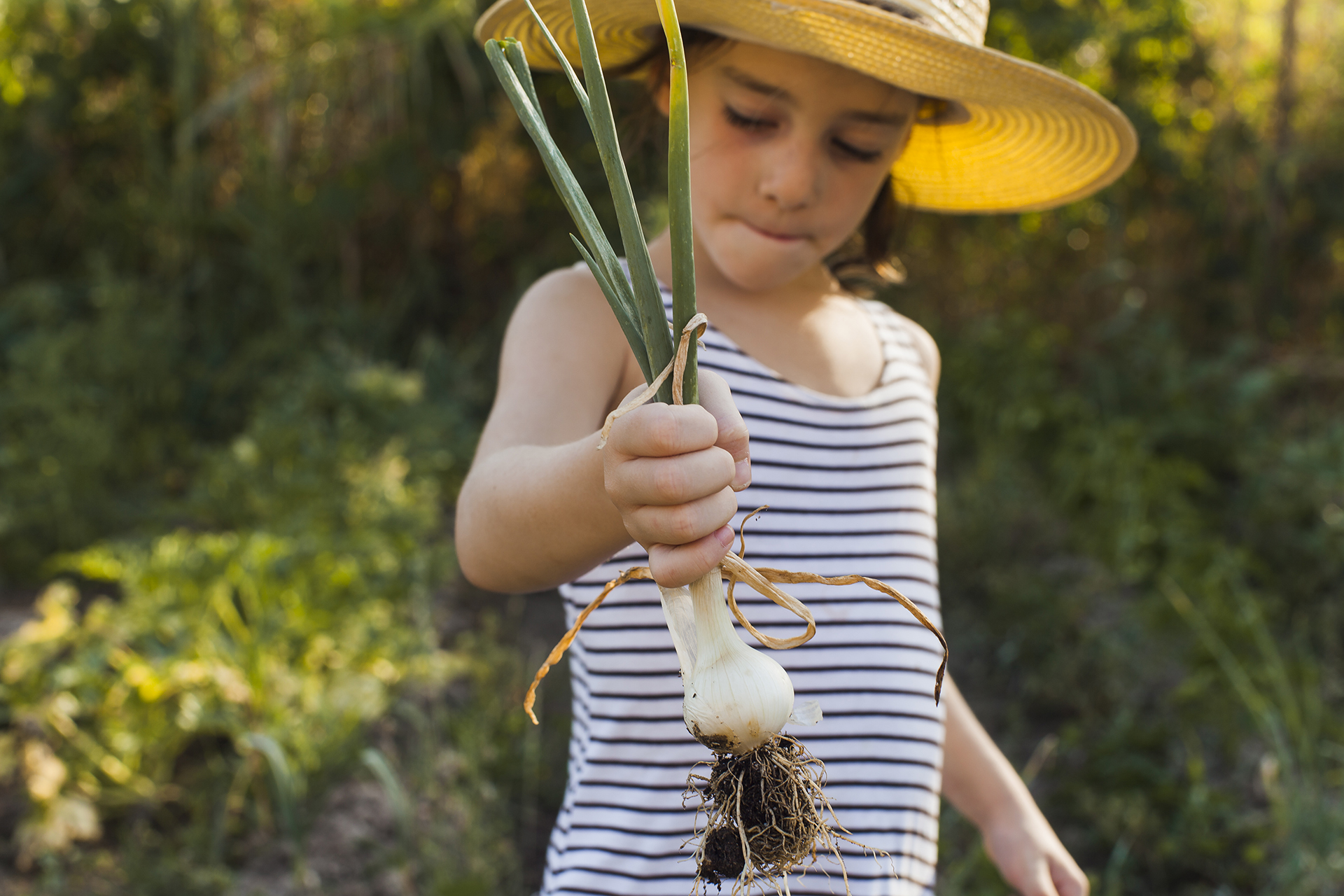
Lots of layers, lots of flavor. Yellow, Red, and White Varieties.
- 20% RDA of Vitamin C
- Onions contain calcium, iron, and have a high protein quality ratio
- They contain quercetin, which is a flavonoid and category of antioxidants. It helps eliminate free radicals in the body and reduce inflammation
- Studies have shown regular consumption of allium vegetables can reduce the risk of colon or breast cancer
- Alliums are particularly rich in prebiotics which help increase the number of friendly bacteria in your gut
Onions are a staple in any gourmet kitchen and are an ingredient a chef must always have close by
